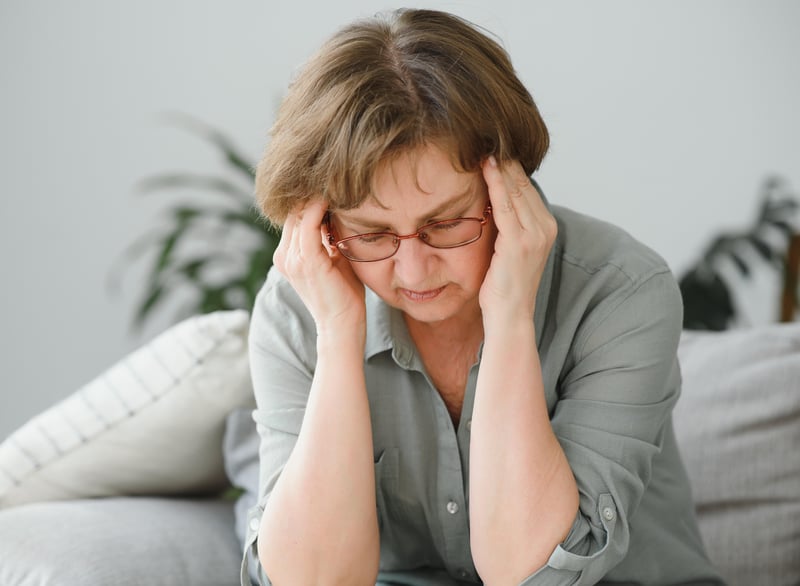(330) 876-1228
8507 Main StreetKinsman, OH 44428
(330) 876-1229

Anxiety attacks can seem overwhelming when you're in the middle of one, but with the right coping tools you can come out the other side.
What is an anxiety attack?
According to the Detroit Medical Center, an anxiety attack is a stretch of time during which you experience "intense"anxiety symptoms, especially fear. It can last anywhere from minutes to weeks.
So, what does an anxiety attack feel like?
A racing heart, dizziness and being out of breath are common experiences for people who are having an anxiety attack, according to Harvard Health. In addition, this "fight-or-flight" response that is triggered by worry or fear can cause more fear to develop, creating a negative loop of panic.
"If you're feeling lightheaded, your heart racing and chest tightening, it really contributes to a sense that something terrible is going to happen,"said Jacqueline Bullis, an assistant psychologist at Harvard-affiliated McLean Hospital, told Harvard Health. "But physical symptoms themselves aren't the problem. It's really the way we respond to them. We want people to learn that these distressing physical sensations aren't dangerous and they can learn ways to tolerate them."
Anxiety attack symptoms
According to Harvard Health, anxiety attacks occur when your symptoms become so intense that they interfere with everyday activities.
These anxiety symptoms may include:
It's always recommended to seek medical care if you're experiencing symptoms that could indicate a life-threatening medical condition. However, if your doctor finds no signs of an underlying health issue, these symptoms may be markers of an anxiety attack.
Panic attack versus anxiety attack: what's the difference?
"It is possible to feel really anxious without having a panic attack,"said James Maddux, an emeritus professor of clinical psychology at George Mason University, in Fairfax, Va.
"You probably have sat in situations where you felt really nervous, but you weren't experiencing what the DSM [psychiatric conditions manual] calls a panic attack"¦ which is the sudden onset for no apparent reason of extreme debilitating, terrifying anxiety,"Maddux added.
According to the National Library of Medicine, the DSM lists a panic attack as a period of "intense fear"that comes on suddenly, reaches its maximum strength within 10 minutes and includes at least four of the following symptoms:
Nationwide Children's Hospital acknowledges that the terms anxiety attack and panic attack are sometimes used "interchangeably,"and notes that a person's fight-or-flight response is activated in both.
But a key difference is that the symptoms of a panic attack are unexpected and take the person by surprise, while anxiety attacks are more expected because the feelings of worry or fear grow steadily more intense.
How to calm an anxiety attack
While experts may not always agree on the exact definition of anxiety versus panic attacks, what they do find common ground on are some scientifically backed tools that work best to help calm yourself when panic hits.
"Whatever you are doing in that situation, one good strategy is to slow down, including slowing down your breathing and breathing more deeply. And slow down your rate of speech. That's one way of breaking up "¦ this interaction between the danger you expect to occur and the need to avoid or escape,"Maddux explained.
He added that "meditation over time teaches you to control your physiological reactions."
One recent study of over 100 participants conducted by Stanford Medicine researchers revealed that just 5 to 6 minutes a day of breath work and mindfulness meditation improved people's anxiety and panic levels -- with controlled breath work being the more effective of the two strategies for calming the physical and emotional symptoms of anxiety.
Maddux also recommended guided exposure therapy, particularly for people who experience anxiety attacks due to phobias, such as a fear of snakes.
If you'd like to learn more about managing anxiety attacks, the National Alliance on Mental Illness lists several treatment options for anxiety, including cognitive behavioral therapy, exposure therapy and anti-anxiety medications.
